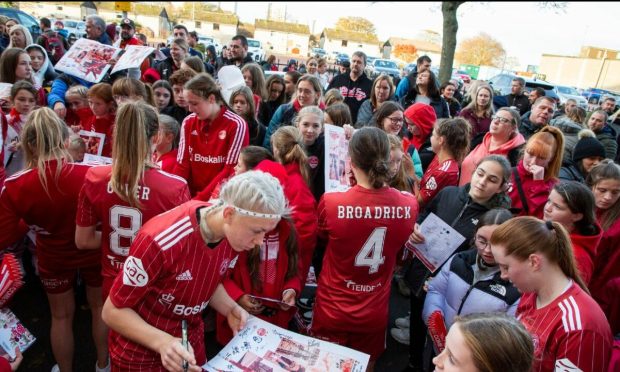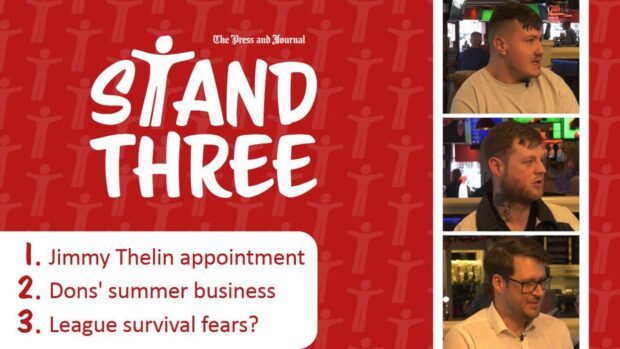The only fitting way for Aberdeen’s winless run to end: with the referee’s finger in his ear listening to colleagues poring over frame-by-frame footage of a potential handball.
There have been occasions this season when the Dons have been on the raw end of such calls, and rumination upon them would have run the risk of being dismissed as sore losing.
So let us take this, a day on which Aberdeen were arguably nudged along by the hand – and bicep – of fate, as an opportunity to be heard when we say that what has become of this rule is an utter disaster, and its revision is an urgent requirement.
Whether Theo Bair did indeed play the ball with his hand prior to Motherwell’s prospective equaliser is not fully clear – and therein lies another issue: the poverty of the available evidence on which the SPFL’s budget version of VAR is making definitive calls – but if it did then he joins a mile-long list of players penalised for a ball striking an arm used to leverage a jump.
🔴 Aberdeen ended their 11 game winless run with a 1-0 victory over Motherwell – who had an equaliser ruled out after a VAR check ⬇ pic.twitter.com/8pIrvugjKf
— Sky Sports Scotland (@ScotlandSky) March 16, 2024
Aberdeen’s Shinnie incident highlighted impractical handball rules
Similarly Graeme Shinnie will have been relieved that the whistle he heard was to end the game and not to award the penalty he will have been expecting, after he took the notion of leading with the captain’s armband dangerously literally.
The gibberish of making the body ‘unnaturally bigger’, or rather the unsophisticated interpretation of that term which match officials are being allowed to implement, is making players apprehensive about making basic physical movements of the game.
It risks becoming like hockey, where players often aim for opponents’ feet rather than the goal. Laws should not incentivise such utilitarian tactics.
Never has the handball offence been more ill-defined, unintuitive and impractical than it is today. Penalise cheating and carelessness, yes; but let players play.










